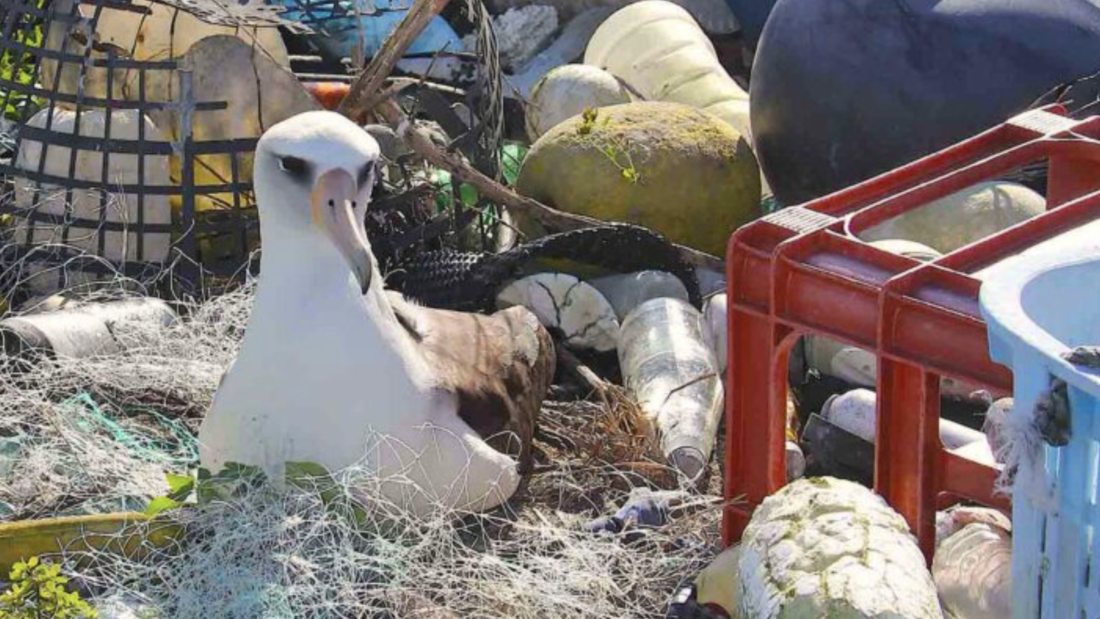
A nationwide survey to assess marine debris on all U.S. shorelines is underway.
Officials with the National Oceanic and Atmospheric Administration’s Marine Debris Program announced earlier this week the launch of the NOAA Marine Debris Monitoring and Assessment Project Nationwide Survey.
Supporter Spotlight
Marine debris is a widespread pollution issue that affects ocean, waterways and coastal areas worldwide, and can injure or kill wildlife, degrade habitats, impact important seafood resources, interfere with navigational safety, and negatively affect local economies, according to NOAA and environmental advocates.
The one-year, standalone, nationwide marine debris assessment is in partnership with the Texas-based research company 1stMission LLC.
The survey is to help answer currently unaddressed questions, such as the amount of marine debris on shorelines in in the continental U.S., Caribbean, Alaska, Pacific Islands and Great Lakes at any given time and which regions have more or less debris, officials said.
The project is being funded with more than $3.3 million through the Bipartisan Infrastructure Law, the Department of Commerce and NOAA announced Thursday.
“The survey will establish a scientifically-valid assessment of marine debris and the findings will be used to develop marine debris report cards, providing a tool to communicate and compare regional debris estimates across the nation’s shorelines,” NOAA officials said in the announcement.
Supporter Spotlight
The nationwide initiative builds on more than a decade of collaborative monitoring efforts with partner agencies, community groups and participants through the Marine Debris Monitoring and Assessment Project, as well as the previous effort, National Marine Debris Monitoring Program.
“Monitoring marine debris contributes to our understanding about the amounts, sources, and types of debris, where it accumulates, and if it is changing over time,” officials said.
Data will be publicly available in the Marine Debris Monitoring and Assessment Project database and and can be compared to regional marine debris action plans.
The project also is expected to initiate a long-term survey design to identify where and when to survey over the course of 11 years, that, if implemented, would allow for marine debris trend detection.
For more information about the NOAA Marine Debris Monitoring and Assessment Project Nationwide Survey, visit the NOAA Marine Debris Program’s website.







